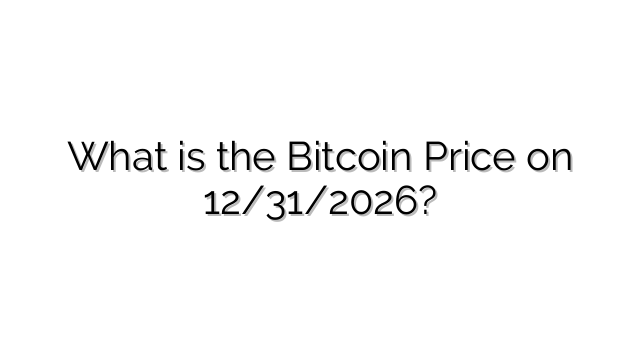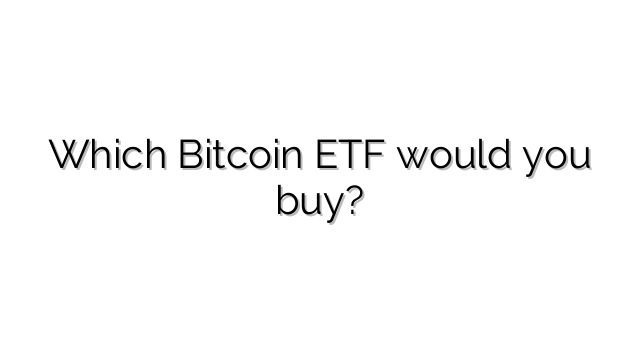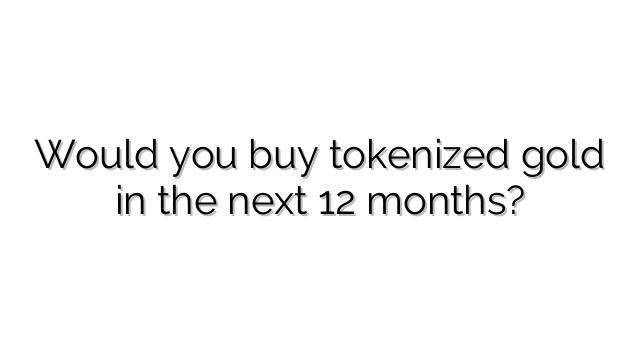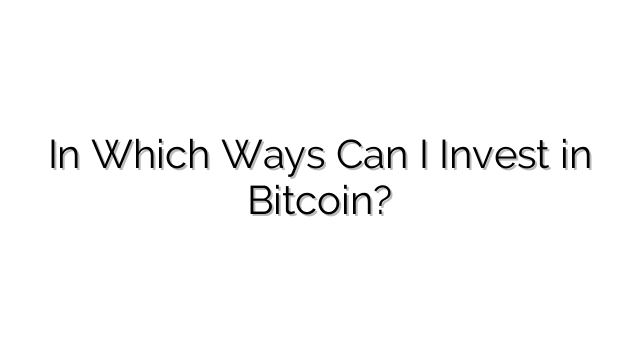Altcoins Explained: What They Are, Why They Exist, and the Biggest Names
Our poll asks: Do you have any Altcoins? Below you’ll find a clear primer on what counts as an
altcoin, how they emerged, which projects dominate mindshare, and why many Bitcoiners refer to most of them as
“shitcoins.” Use it as context before you vote.
What is an Altcoin?
An altcoin is any crypto asset that is not Bitcoin. Some aim to be money, others are
smart-contract platforms, utility tokens, governance tokens, or stablecoins pegged to fiat.
Ownership can be speculative, for utility (access to apps), or for diversification—each with different risks.
Where Altcoins Came From (short history)
- 2011–2013: Early Bitcoin alternatives like Namecoin (DNS experiments) and
Litecoin (LTC) (“silver to Bitcoin’s gold”) appear; communities start local meetups and forums. - 2015: Ethereum (ETH) launches programmable smart contracts, enabling tokens,
ICOs, DeFi, NFTs, and today’s L2 ecosystems. - 2017: The ICO boom mints thousands of tokens—some innovative, many low-quality.
- 2020–2021: DeFi and NFTs explode; alternative L1s (e.g., Solana) gain traction.
- 2023–2025: Stablecoins scale for payments; memecoins surge; institutions explore tokenization
while regulators sharpen scrutiny.
Largest & Most Talked-About Altcoins (quick guide)
| Asset | Type / Focus | What to know |
|---|---|---|
| Ethereum (ETH) | Smart-contract L1 | Backbone for DeFi/NFTs; migrated to Proof-of-Stake; huge developer ecosystem and L2 rollups. |
| Solana (SOL) | High-throughput L1 | Fast finality and low fees; popular for consumer apps, stablecoin transfers, memecoins, and on-chain order books. |
| BNB (BNB Chain) | Exchange-linked L1 | Large retail user base via exchange integrations; EVM-compatible; wide token ecosystem. |
| XRP | Payment network | Focus on cross-border transfers and settlement; long regulatory narrative; fast/cheap transactions. |
| Cardano (ADA) | Research-driven L1 | Peer-reviewed approach; PoS from day one; active academic community and gradual feature rollout. |
| Dogecoin (DOGE) | Memecoin / PoW | Started as a joke; sustained by a large community and periodic mainstream attention. |
| Toncoin (TON) | Messaging-integrated L1 | Gains traction through integrations in the Telegram ecosystem; focus on consumer UX. |
| Avalanche (AVAX) | L1 with subnets | Flexible “subnet” design for app-specific chains; DeFi and enterprise tokenization use cases. |
| Polygon (MATIC/POL) | Ethereum scaling | Sidechains and zk-rollups; enterprise partnerships; rebrand to POL underway in parts of the stack. |
| Polkadot (DOT) | Interoperability | Parachain model for specialized chains; focus on shared security and cross-chain messaging. |
| Chainlink (LINK) | Oracle network | Brings off-chain data on-chain; critical middleware for DeFi, tokenization, and hybrid smart contracts. |
| USDT | Stablecoin | Fiat-pegged; dominant for on-chain transfers and trading pairs; lives on multiple networks. |
| USDC | Stablecoin | Regulated issuer focus; widely used in DeFi, payments, and fintech integrations. |
Why many Bitcoiners call most altcoins “shitcoins”
- Monetary dilution & centralization: Many tokens have large insider allocations, flexible supply,
or centralized governance—seen as the opposite of Bitcoin’s fixed, credibly neutral rules. - Security & attack surface: Complex smart-contract systems can introduce bugs, admin keys,
and upgrade risks that don’t exist in Bitcoin’s simpler base layer. - Marketing over utility: Cycles often reward hype (airdrops, memecoins) more than enduring utility.
- Rug pulls & regulatory risk: Poor disclosures, opaque treasuries, or securities-like features
can end badly for holders. - Liquidity mirage: Thin books and high insider control can magnify pumps and crashes.
That said, some altcoin projects push technical frontiers (e.g., scaling, programmability, oracles).
Whether that translates to durable value is a separate question from technical innovation.
How to think about Altcoins in a portfolio (not financial advice)
- Define your thesis: Payments? Smart-contract adoption? Stablecoin rails? If the thesis breaks, exit.
- Size small & diversify risk: Treat altcoins as high-volatility satellite positions, not core money.
- Custody & OPSEC: Prefer self-custody when feasible; understand token unlocks and contract risks.
- Beware narratives: Separate feature roadmaps from shipping code and real usage metrics.
FAQ
Do stablecoins count as altcoins?
Yes—anything that isn’t Bitcoin is typically considered an altcoin, including fiat-pegged stablecoins.
Is owning altcoins necessary?
No. Many investors are Bitcoin-only. Others hold a small basket for specific use cases or speculation.
What’s the single biggest risk?
Concentration and opacity—insider unlocks, admin keys, or regulatory actions can wipe out value quickly.





